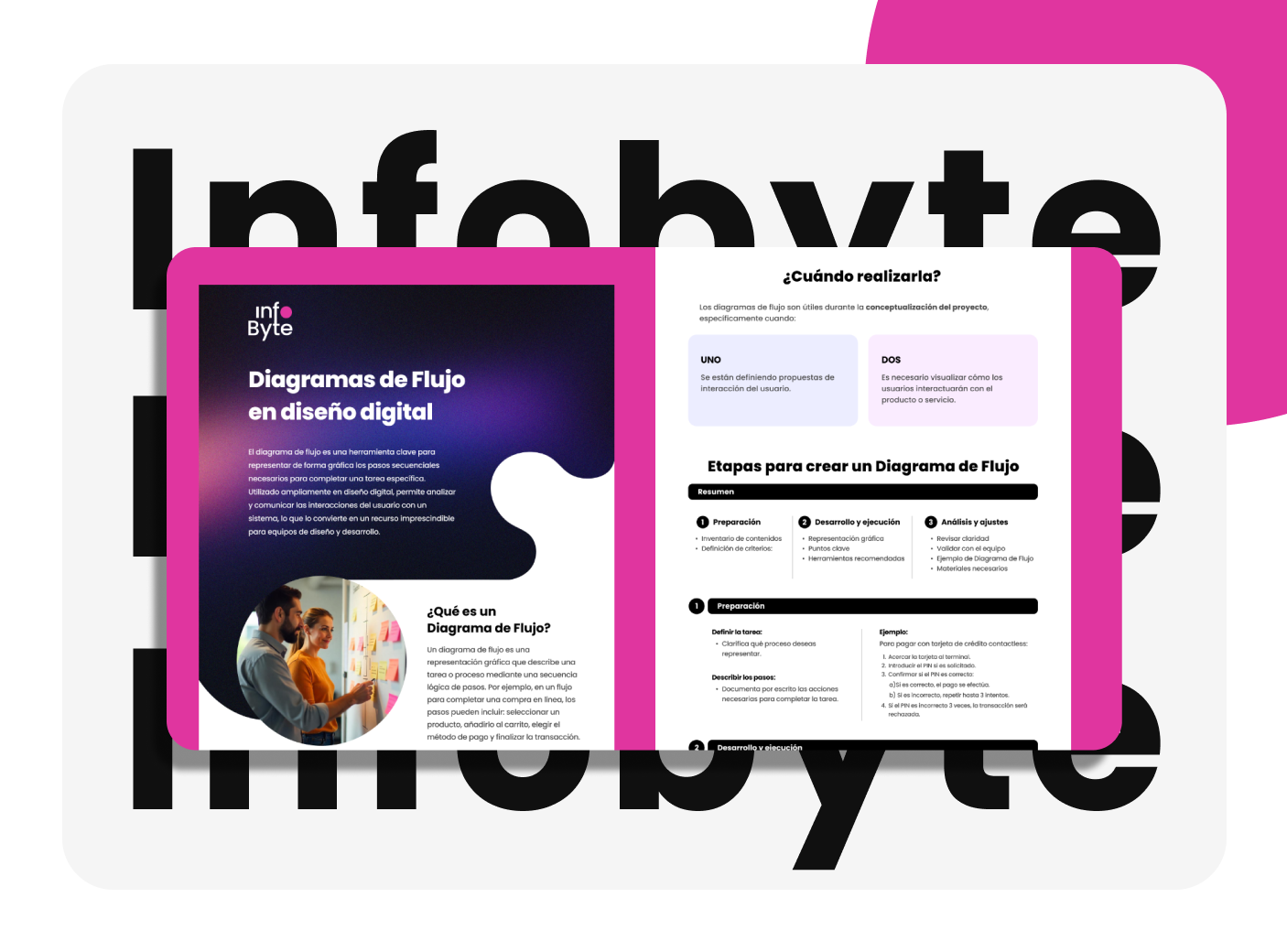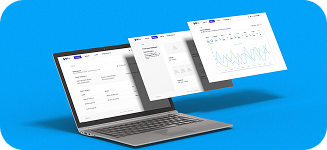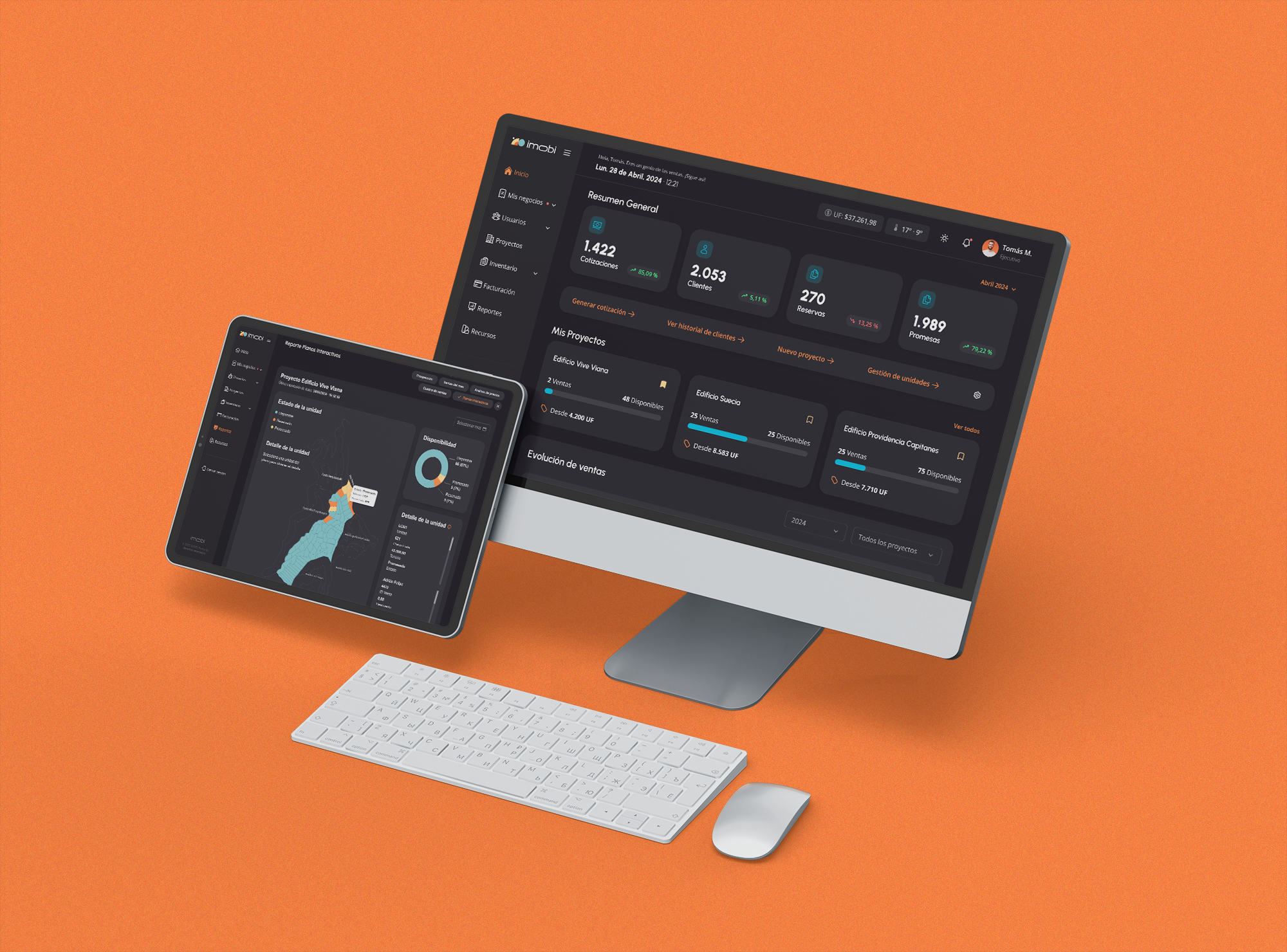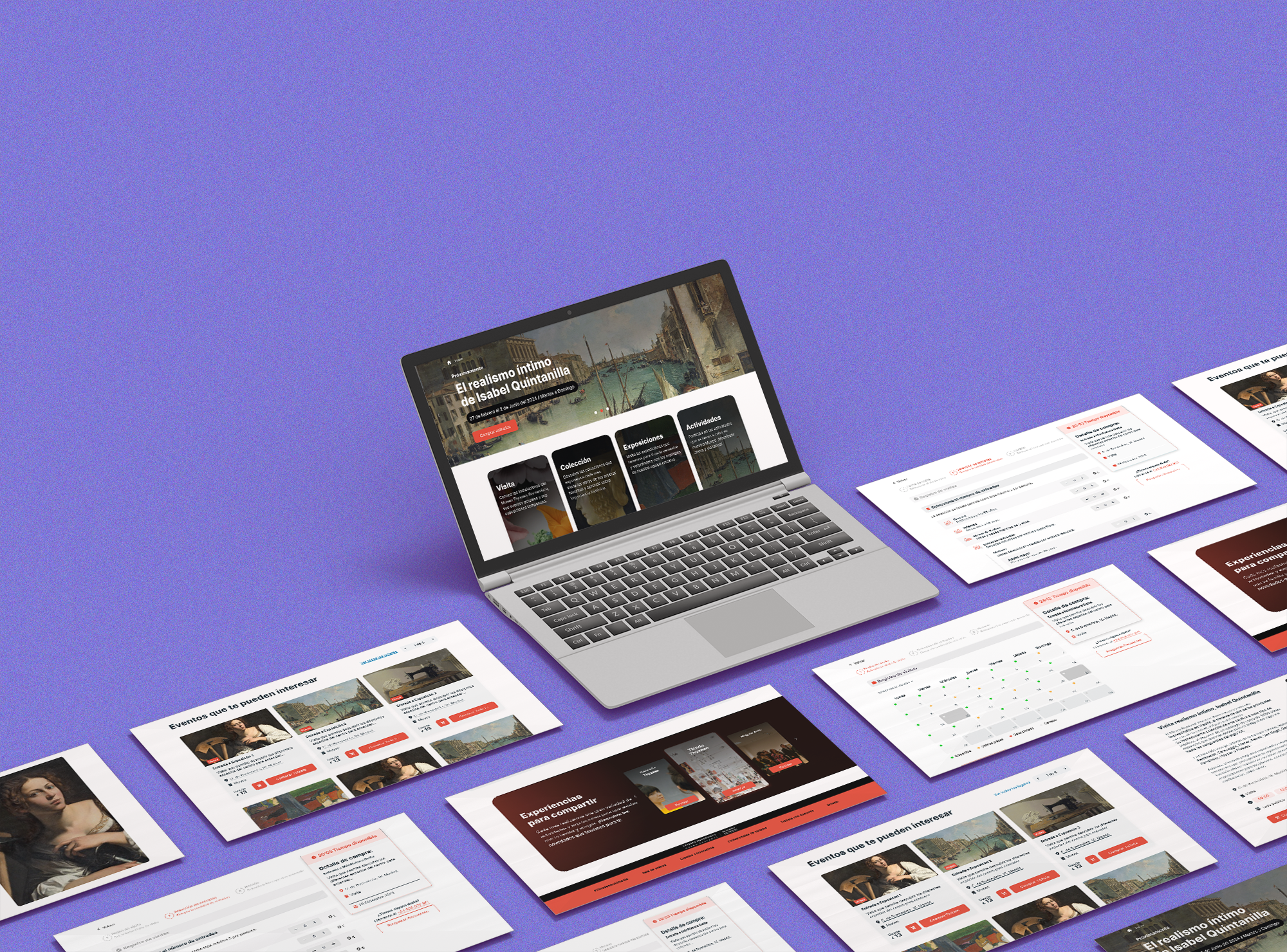Share this article

Lean UX in agile development focuses on rapid iteration and collaboration to enhance the user experience.
In the world of agile product development, adopting Lean UX is all about rapid iteration and continuous learning.
This approach puts less emphasis on exhaustive specifications and more on cross-team collaboration, with the goal of improving the user experience efficiently.
In the following, we will explain how to implement Lean UX in agile projects and how to measure its success.
Lean UX implementation
1. Start with mapping of assumptions
It all starts with identifying critical assumptions and turning them into testable hypotheses.
This means understanding the problems users face and how the proposed features could solve these problems.
2. Iterative development and continuous feedback
In Lean UX, design and development are iterative.
This involves rapid prototyping and getting feedback from users as early as possible.
The key is to quickly learn what works and what doesn’t, and adapt the product accordingly.
3. Multidisciplinary collaboration
Close collaboration between designers, developers, product managers and users is essential.
This ensures that all stakeholders contribute from their unique perspectives, improving decision making and the relevance of the final product.
Key Metrics for Measuring Lean UX Success
To evaluate the effectiveness of Lean UX, it is crucial to monitor both behavioral and attitudinal metrics.
Task Success Rate (TCR)
This metric indicates how many users complete a specific task without problems.
It is essential to understand how effectively the design enables users to achieve their goals.
2. Net Promoter Score (NPS)
Measures the willingness of users to recommend the product to others.
A high NPS indicates a high level of user satisfaction and loyalty.
User Retention Rate (User Retention Rate)
It is crucial to measure how many users continue to use the product after their first interaction.
A high retention rate suggests that users find continued value in the product.
4. Conversion Rate
It is critical to measure how many users take the desired action, such as subscribing to a service or purchasing a product.
A high conversion rate can indicate an effective design that leads users to the desired action.
5. Page load time
It is especially critical for mobile sites, where users tend to abandon a page that takes more than three seconds to load.
Best practices for implementing UX metrics
For the implementation of these metrics to be effective, it is crucial to align them with business objectives, ensuring that they truly measure what is important to the success of the product.
In addition, combining quantitative with qualitative data provides a deeper understanding of the user experience.
Lean UX is more than a set of techniques; it is a philosophy focused on learning and continuous improvement.
By implementing Lean UX in agile projects and meticulously measuring its impact, organizations can significantly improve the user experience, which in turn can translate into greater business success. All our services are advised by an expert UX/UI team that evaluates in depth the best options to reach your customer , learn more about them here.














